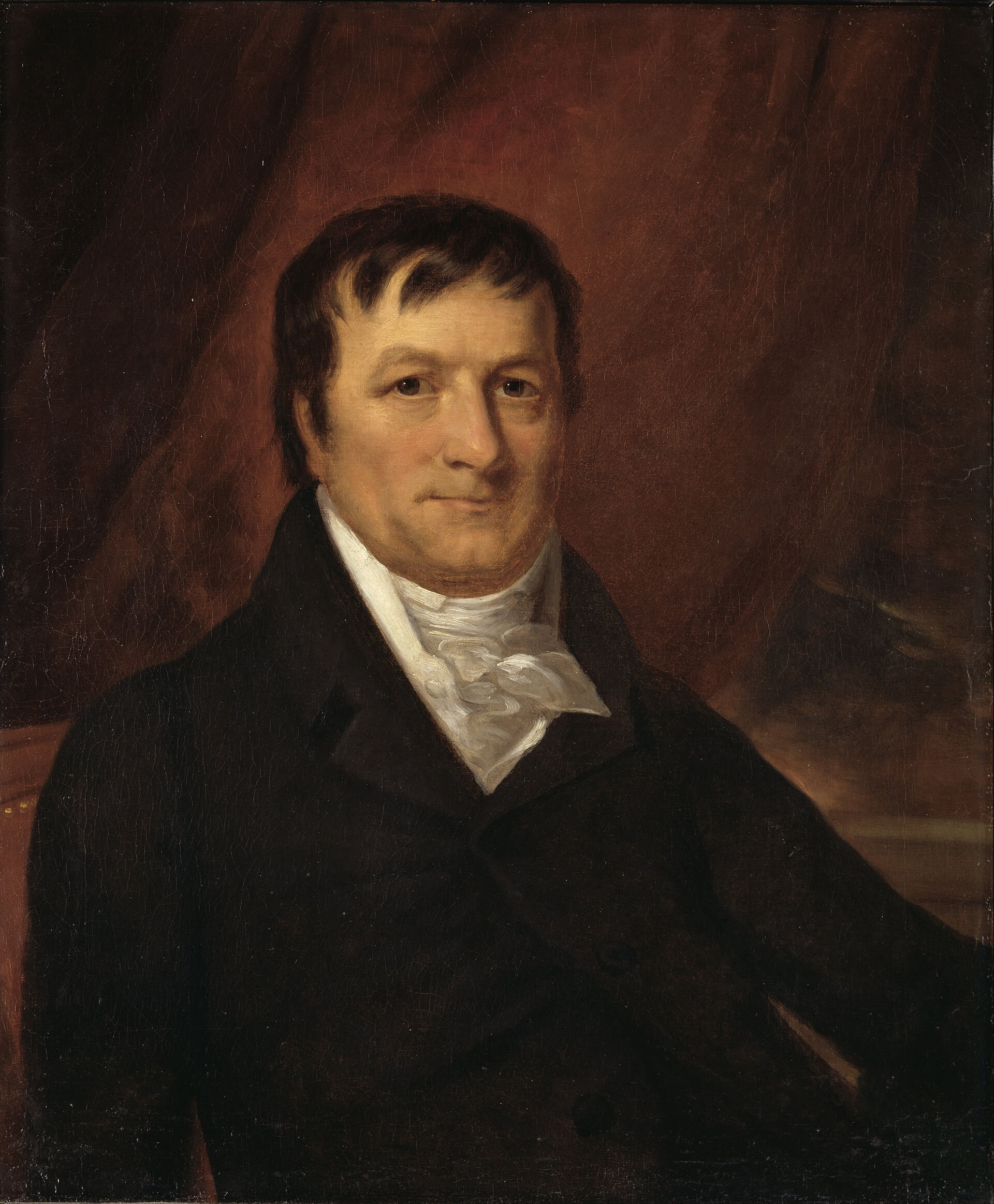
Built in 1876, the Gatehouse
holds a fascinating history.
Castle, monastery and city gates had existed for centuries, but the small house at the entrance to the country mansion was an eighteenth and nineteenth century phenomenon. In the space of approximately 150 years the gatehouse changed from the function of defense and vigilance into a fashion statement.
Landowners recognized that power and authority could be expressed by having a strong visual statement at the main entrance. Arriving visitors would freshen up and get ready to enter the estate and the main mansion.
The site of the Gatehouse traces its origins back to John Bard, who purchased the 3,600-acre Fauconnier Grant in 1764 and established Hyde Park, which became one of the most renowned of the Hudson Valley estates. A fascinating history unfolds, connecting it to some of the most influential people in United States History.
John Jacob Astor (1763 – 1848)
Astor was a German-American businessman, merchant, real estate mogul, and investor who made his fortune mainly in a fur trade monopoly, by smuggling opium into China, and by investing in real estate in or around New York City. Astor was very wealthy and became a famed patron of the arts. Inflation adjusted, he was one the richest people in modern history.
In 1840, he purchased over 500 acres along the Hudson River and gave it to his daughter Dorothea Astor Langdon. Together with her husband - Walter Langdon, Sr. - they established the Langdon Estate on this site for their family.
Walter Langdon, Jr. (1823-1894)
In 1876, Walter Langdon, Jr. built the Gatehouse - designed by Boston Architects John H. Sturgis and Charles Brigham - as a wedding gift for Emily Astor Kane, his favorite niece. Emily Astor Kane married Augustus Jay, the great-grandson of the nation's first Chief Justice of the United States Supreme Court, John Jay, and the newlyweds moved into the home. Notably, Augustus Jay served as Secretary of the American embassy in Paris from 1885 to 1893.
Frederick W. Vanderbilt (1856 – 1938)
In 1895, after Walter Langdon, Jr. died, the entire estate was purchased by Frederick W. Vanderbilt. As a member of the American Vanderbilt family, he was a director of over twenty railroad systems in the United States, including the New York Central Railroad for most of his life. The New York Times reported the acquisition in an article on August 29, 1895, in which the reporter described as "the finest place on the Hudson between New York and Albany."
As part of Vanderbilt's extensive redesign of the grounds, he commissioned the construction of a new stone gatehouse. Vanderbilt ordered the original Gatehouse to be moved about 50 yards south to the edge of the estate grounds where it now sits at 4419 Albany Post Road.
The Gatehouse and property around the Vanderbilt Estate was eventually sold to private individuals and the remaining 211 acres were donated by the Vanderbilt family to the U.S. government in 1940. It is now preserved by the National Park Service as the Vanderbilt Mansion National Historic Site.
The Gatehouse was added to the National Register of Historic Places in 1993.
It was historically restored in 2016. The project was overseen by Handcrafted Builders of Rhinebeck. They applied a "built-by-hand" approach to the project - restoring even the smallest of details inside and outside the home.
- Source Wikipedia






